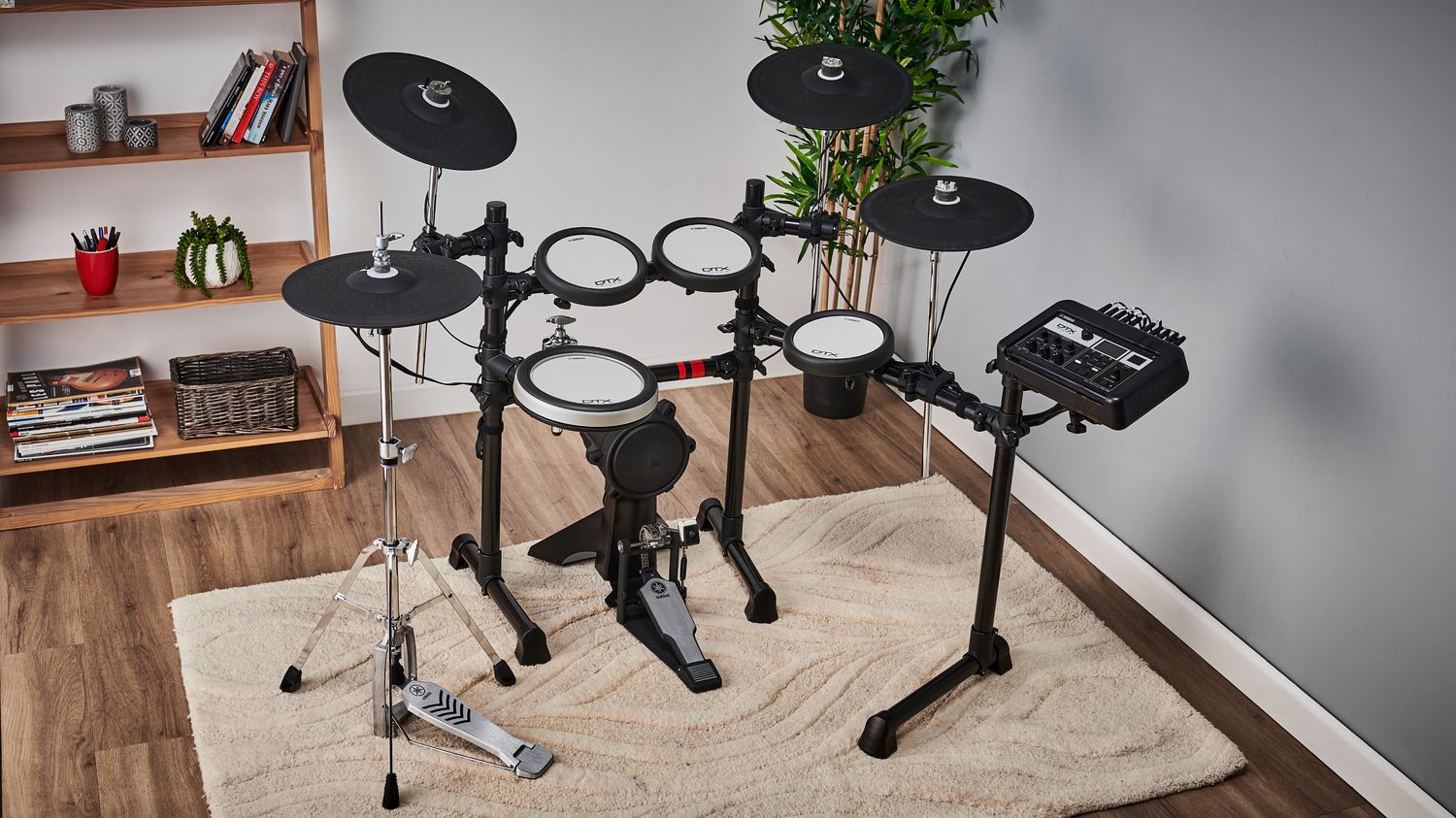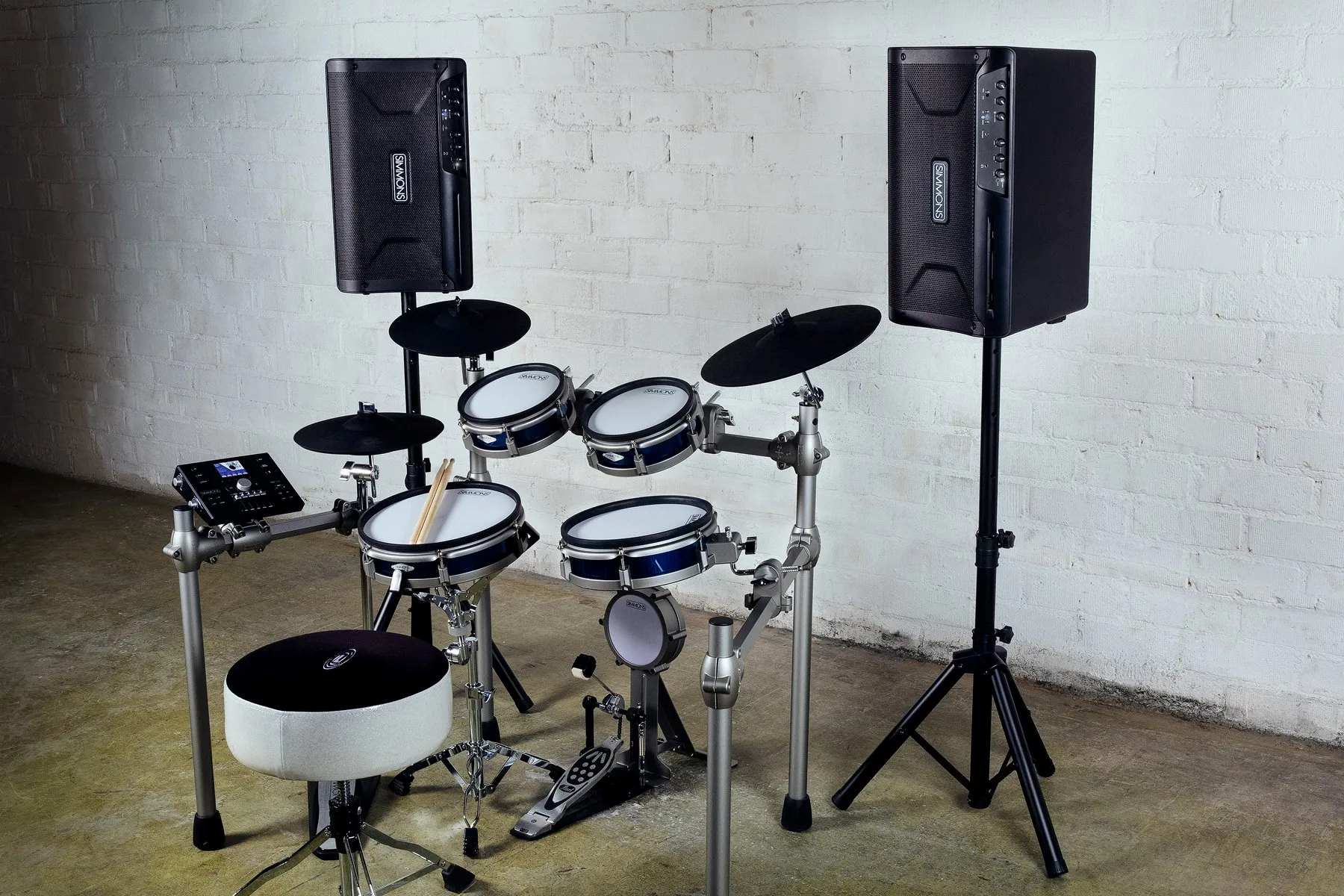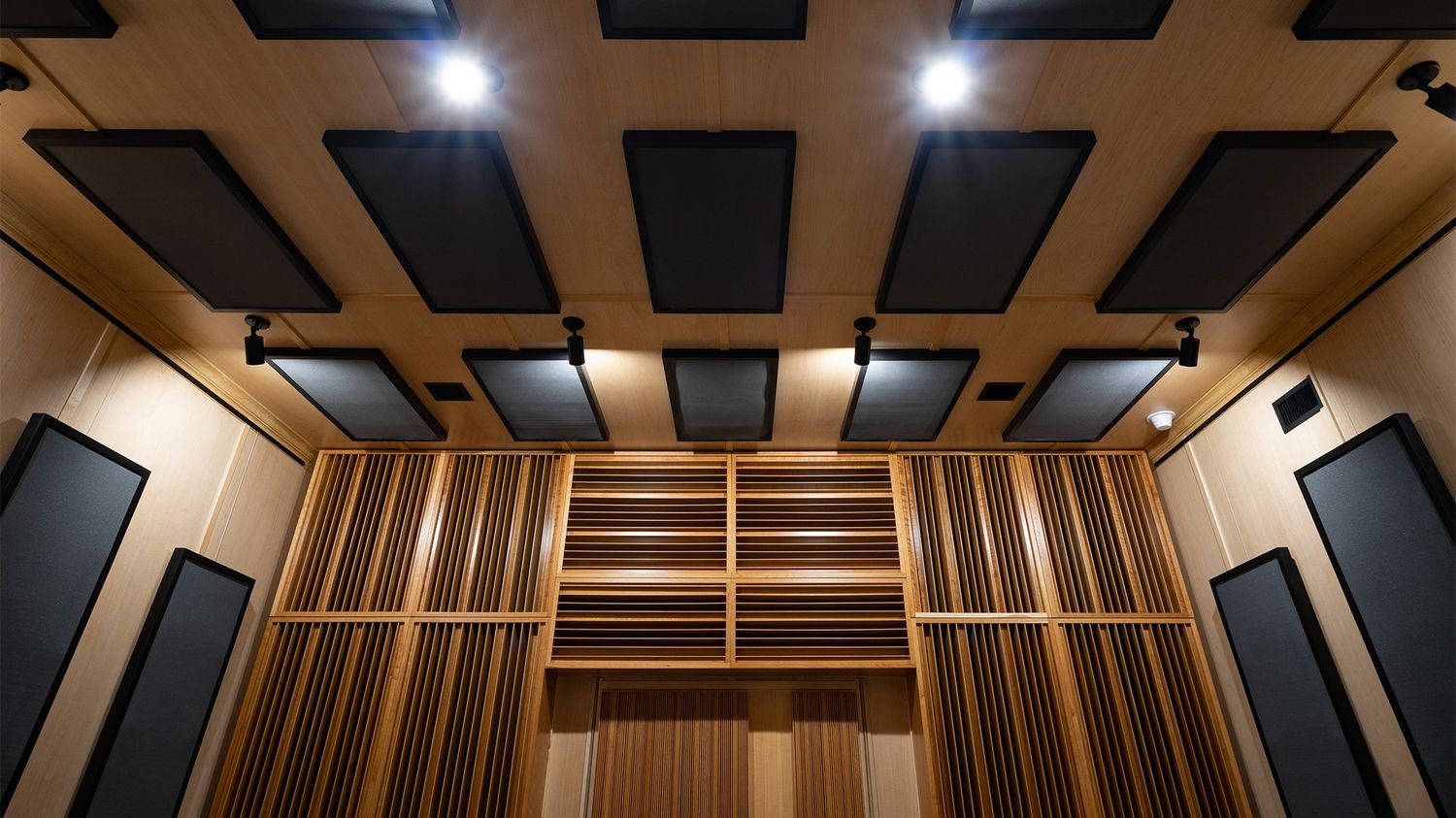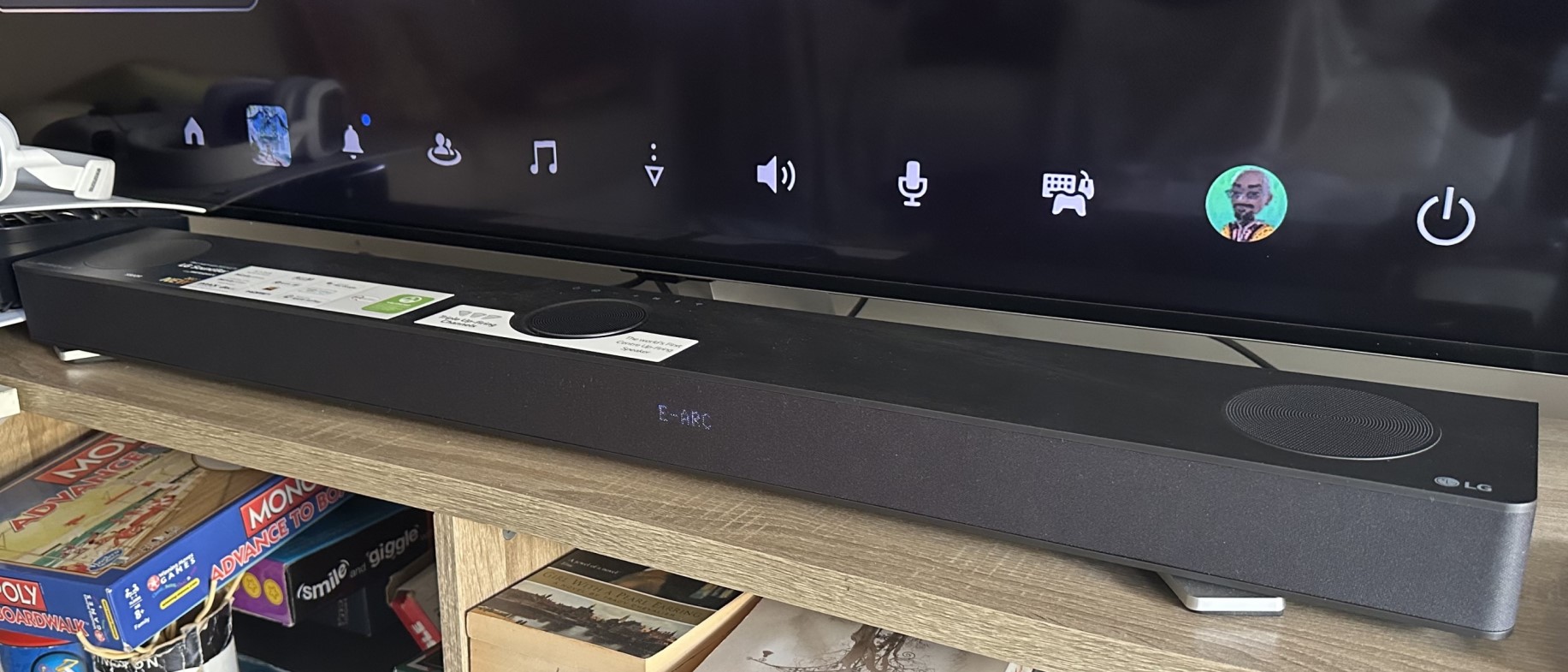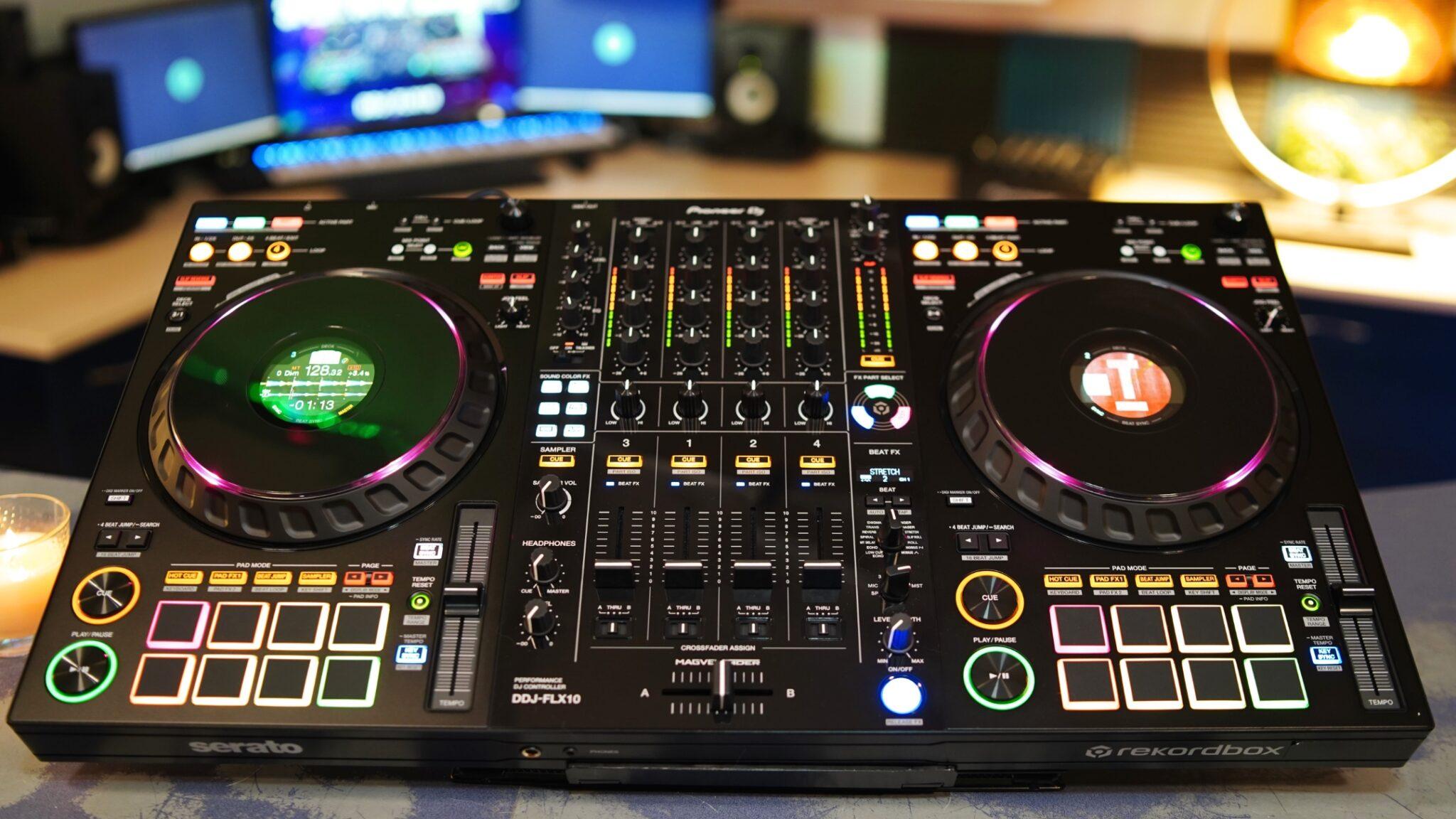Home>Instruments>Drums>How Do Electronic Drums Work
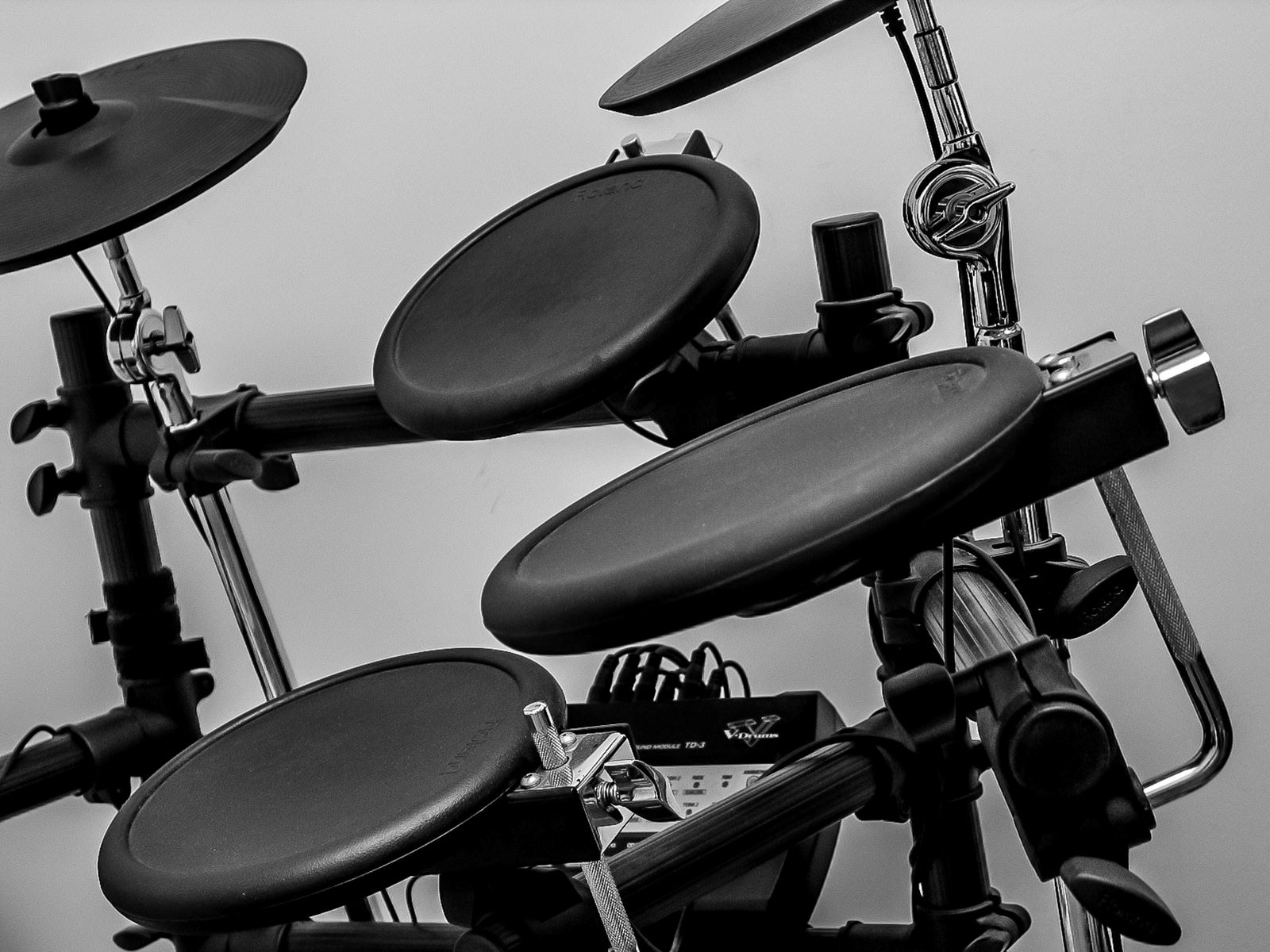

Drums
How Do Electronic Drums Work
Modified: March 9, 2024
Electronic drums work by using electronic sensors to detect when the drum pads are struck, which then triggers the production of sound through the connected sound module. Learn about the inner workings of electronic drums and their unique features.
(Many of the links in this article redirect to a specific reviewed product. Your purchase of these products through affiliate links helps to generate commission for AudioLover.com, at no extra cost. Learn more)
Table of Contents
Introduction
Electronic drums have revolutionized the world of percussion, offering a versatile and dynamic alternative to traditional acoustic drum kits. These innovative instruments have gained popularity among musicians, recording artists, and enthusiasts for their unique capabilities and modern features. In this article, we will delve into the fascinating realm of electronic drums, exploring their history, components, functionality, and the advantages they offer to drummers of all skill levels.
The evolution of electronic drums has significantly transformed the landscape of music production and live performances. Unlike acoustic drums, electronic drum kits utilize digital technology to generate sound, providing a wide array of customizable sounds and effects. This flexibility enables drummers to experiment with diverse genres and styles, making electronic drums a valuable asset in contemporary music creation.
Throughout this article, we will unravel the intricate mechanisms behind electronic drums, shedding light on their inner workings and the components that contribute to their exceptional performance. Additionally, we will examine the advantages and potential drawbacks of electronic drums, offering insights into the considerations that aspiring drummers and seasoned professionals may contemplate when choosing between electronic and acoustic drum kits.
Join us as we embark on a captivating journey through the realm of electronic drums, uncovering the ingenuity and artistry that converge to produce captivating rhythms and beats. Whether you are a music enthusiast, a curious learner, or a seasoned drummer seeking new horizons, this exploration of electronic drums promises to captivate and enlighten, providing a comprehensive understanding of these modern marvels of percussion.
History of Electronic Drums
The inception of electronic drums can be traced back to the mid-20th century, marked by a period of innovation and experimentation in the realm of music technology. In the 1960s, as electronic instruments began to emerge, the concept of electronic drums captured the imagination of inventors and musicians alike. One of the pioneering developments in this domain was the creation of the “Rhythmicon” by American engineer and inventor Leon Theremin in 1931. This early electronic rhythm machine laid the groundwork for future advancements in electronic percussion.
During the 1970s, the renowned musician and inventor, Dave Simmons, made significant strides in electronic drum technology by introducing the Simmons SDS-5, one of the earliest commercially available electronic drum kits. This groundbreaking innovation paved the way for the integration of electronic drums into mainstream music production and performance, igniting a wave of interest and curiosity among musicians.
As the 1980s unfolded, electronic drums experienced a surge in popularity, spurred by advancements in digital sound synthesis and sampling technologies. Manufacturers such as Roland, Yamaha, and Alesis played pivotal roles in refining electronic drum kits, introducing features that enhanced playability, sound quality, and versatility. The advent of MIDI (Musical Instrument Digital Interface) further propelled the evolution of electronic drums, enabling seamless integration with other electronic instruments and recording equipment.
Throughout the late 20th century and into the 21st century, electronic drums continued to evolve, incorporating sophisticated sound modules, responsive mesh heads, and intuitive user interfaces. The integration of advanced sensor technologies and sound processing algorithms further elevated the expressiveness and realism of electronic drum kits, blurring the boundaries between acoustic and electronic percussion.
Today, electronic drums stand as a testament to the ingenuity and creativity of inventors, engineers, and musicians who have contributed to their evolution. These instruments have transcended their early origins to become indispensable tools for music production, live performances, and educational settings, catering to the diverse needs and preferences of drummers across the globe.
Components of Electronic Drums
Electronic drums encompass a diverse array of components that collectively contribute to their functionality, versatility, and expressive capabilities. Understanding the key elements of electronic drum kits is essential for aspiring drummers and enthusiasts seeking to explore the intricacies of these modern percussion instruments.
1. Drum Pads: The drum pads serve as the primary interface for triggering sounds in electronic drum kits. These pads are equipped with sensors that detect the impact of drumsticks or hands, translating the physical input into electronic signals that produce sound. Modern drum pads often feature responsive mesh heads or rubber surfaces, offering a tactile and realistic playing experience.
2. Sound Module: The sound module, also known as the drum brain, serves as the central processing unit of electronic drum kits. It houses a vast library of digital samples and sound synthesis algorithms, allowing drummers to access a wide range of drum and percussion sounds. Additionally, sound modules offer extensive customization options, enabling users to adjust parameters such as tone, pitch, and effects to tailor their sound palette to specific musical genres and preferences.
3. Cymbal Pads: In electronic drum kits, cymbal pads replicate the function of traditional cymbals, providing a responsive surface for generating cymbal sounds. These pads are designed to emulate the feel and response of acoustic cymbals, offering nuanced dynamics and articulation for expressive cymbal performance.
4. Kick Pad or Trigger: The kick pad or trigger is responsible for simulating the sound of a bass drum in electronic drum kits. It is designed to capture the impact of a bass drum pedal, translating the player’s foot movements into electronic signals that produce low-frequency drum sounds. Some electronic drum kits feature dedicated kick pads, while others utilize trigger pedals that can be integrated with a standard bass drum pedal.
5. Hardware and Mounting Systems: Electronic drum kits are equipped with sturdy hardware and mounting systems that provide stability and adjustability for the drum pads and cymbal pads. These components allow drummers to customize the layout and positioning of the pads according to their playing preferences, ensuring ergonomic comfort and efficient performance.
By familiarizing themselves with the fundamental components of electronic drum kits, drummers can harness the full potential of these instruments, unlocking a world of sonic possibilities and artistic expression.
How Electronic Drums Produce Sound
Electronic drums employ innovative technology to generate a diverse range of percussive sounds, offering a dynamic and customizable sonic experience for drummers and music creators. Understanding the mechanisms behind sound production in electronic drum kits unveils the intricate processes that contribute to their expressive capabilities and adaptability across various musical genres.
1. Triggering and Sensing: When a drummer strikes a drum pad or cymbal pad on an electronic drum kit, built-in sensors detect the impact and transmit the corresponding signals to the sound module. These sensors are designed to capture the velocity, force, and location of the drumming gestures, enabling nuanced and responsive triggering of sounds. Advanced sensor technologies ensure accurate detection of subtle nuances in playing dynamics, allowing for expressive and lifelike sound reproduction.
2. Sound Synthesis and Sampling: Upon receiving input from the drum and cymbal pads, the sound module processes the signals using a combination of sound synthesis and sampling techniques. Sound synthesis involves generating drum sounds algorithmically, allowing for real-time manipulation of parameters such as pitch, tone, and resonance. Additionally, electronic drum sound modules incorporate extensive sample libraries, which contain recorded snippets of acoustic drums and percussion instruments. These samples are meticulously captured at varying velocities and articulations, providing a rich and authentic palette of drum sounds for the drummer to utilize.
3. Digital Signal Processing (DSP): The sound module employs digital signal processing to refine and enhance the generated drum sounds. DSP algorithms enable the application of effects such as reverb, compression, and EQ to impart depth and character to the drum sounds. Furthermore, digital processing facilitates the seamless integration of electronic drums with recording software and sound reinforcement systems, ensuring optimal sonic performance in diverse musical contexts.
4. Output and Amplification: Once the sound signals have been processed and refined, they are routed to the audio outputs of the electronic drum kit. These outputs can be connected to amplifiers, mixing consoles, or audio interfaces, allowing for the projection and recording of the electronic drum sounds. The flexibility of electronic drum outputs enables drummers to tailor their sound reinforcement setup according to the requirements of live performances, studio recording, or personal practice.
By harnessing the capabilities of triggering, sound synthesis, sampling, and digital processing, electronic drums deliver a compelling and immersive sound production experience, empowering drummers to explore new sonic frontiers and expand their creative horizons.
Advantages and Disadvantages of Electronic Drums
Electronic drums offer a host of advantages that cater to the diverse needs and preferences of drummers across various musical contexts. Simultaneously, they present certain limitations that warrant consideration when evaluating their suitability for specific performance and recording scenarios.
Advantages:
- Versatility: Electronic drums provide access to a vast array of drum and percussion sounds, enabling drummers to effortlessly switch between different kits, styles, and genres. This versatility is particularly valuable in modern music production, where diverse sonic palettes are essential for crafting dynamic and engaging tracks.
- Silent Practice: Electronic drum kits offer the option for silent practice through the use of headphones, making them ideal for drummers who need to practice in noise-sensitive environments or during late hours without disturbing others.
- Customization: Drummers can customize the characteristics of individual drum and cymbal sounds, adjusting parameters such as pitch, tone, and effects to align with their artistic vision and musical requirements.
- Recording Flexibility: Electronic drums integrate seamlessly with recording software and MIDI interfaces, facilitating precise and efficient tracking of drum performances. This integration enables drummers to capture and manipulate their performances with unprecedented control and precision.
- Compactness and Portability: Many electronic drum kits are designed to be compact and portable, making them an attractive option for drummers who require a space-saving and easily transportable percussion solution for rehearsals, gigs, and studio sessions.
Disadvantages:
- Initial Cost: High-quality electronic drum kits can entail a significant initial investment, especially when considering advanced features, sound modules, and accessories. This cost factor may pose a barrier for drummers with budget constraints.
- Playing Feel: While electronic drum pads are engineered to replicate the feel of acoustic drums, some drummers may find that the tactile response and rebound of electronic pads differ from that of traditional drumheads and cymbals, requiring an adjustment period to adapt to the playing feel.
- Sound Realism: Despite advancements in sound synthesis and sampling, electronic drum sounds may not fully replicate the nuanced tonal characteristics and organic resonance of acoustic drums. Achieving complete realism in electronic drum sounds remains a challenge in certain contexts.
- Maintenance and Technical Considerations: Electronic drum kits necessitate periodic maintenance, including sensor calibration, pad adjustments, and software updates. Additionally, technical issues such as latency, cross-talk, and compatibility with external devices may arise, requiring troubleshooting and technical expertise.
By weighing the advantages and disadvantages of electronic drums, drummers can make informed decisions regarding the incorporation of electronic percussion into their musical endeavors, harnessing the strengths of these instruments while addressing potential limitations with strategic considerations and adaptability.
Conclusion
The realm of electronic drums encompasses a rich tapestry of innovation, creativity, and sonic exploration, offering a compelling avenue for drummers to expand their musical horizons and embrace the boundless possibilities of modern percussion. As we conclude our exploration of electronic drums, it becomes evident that these instruments stand at the intersection of tradition and technology, bridging the timeless art of drumming with the transformative capabilities of digital sound generation.
From their early origins as experimental prototypes to their current status as indispensable tools in music production and performance, electronic drums have undergone a remarkable evolution, driven by the ingenuity of inventors, the discerning demands of musicians, and the advancements in digital audio technology. The components of electronic drum kits, including responsive drum pads, sophisticated sound modules, and intuitive hardware, converge to create a platform for expressive drumming that transcends the confines of acoustic percussion.
While electronic drums offer a myriad of advantages, including versatility, silent practice capabilities, and recording flexibility, they also present considerations such as initial cost, playing feel nuances, and sound realism challenges. By embracing these instruments with an informed perspective and a spirit of adaptability, drummers can harness the strengths of electronic drums while navigating potential limitations with creativity and resourcefulness.
Aspiring drummers, seasoned professionals, and music enthusiasts alike are invited to embark on a journey of discovery and innovation with electronic drums, exploring the dynamic landscapes of sound design, performance versatility, and collaborative potential that these instruments offer. Whether in the studio, on stage, or in the realm of digital music production, electronic drums continue to inspire and empower musicians, fostering a culture of sonic exploration and rhythmic expression.
With their capacity to seamlessly integrate tradition with technology, electronic drums serve as a testament to the enduring evolution of musical instruments, reflecting the ever-changing tapestry of artistic expression and the relentless pursuit of sonic excellence.

